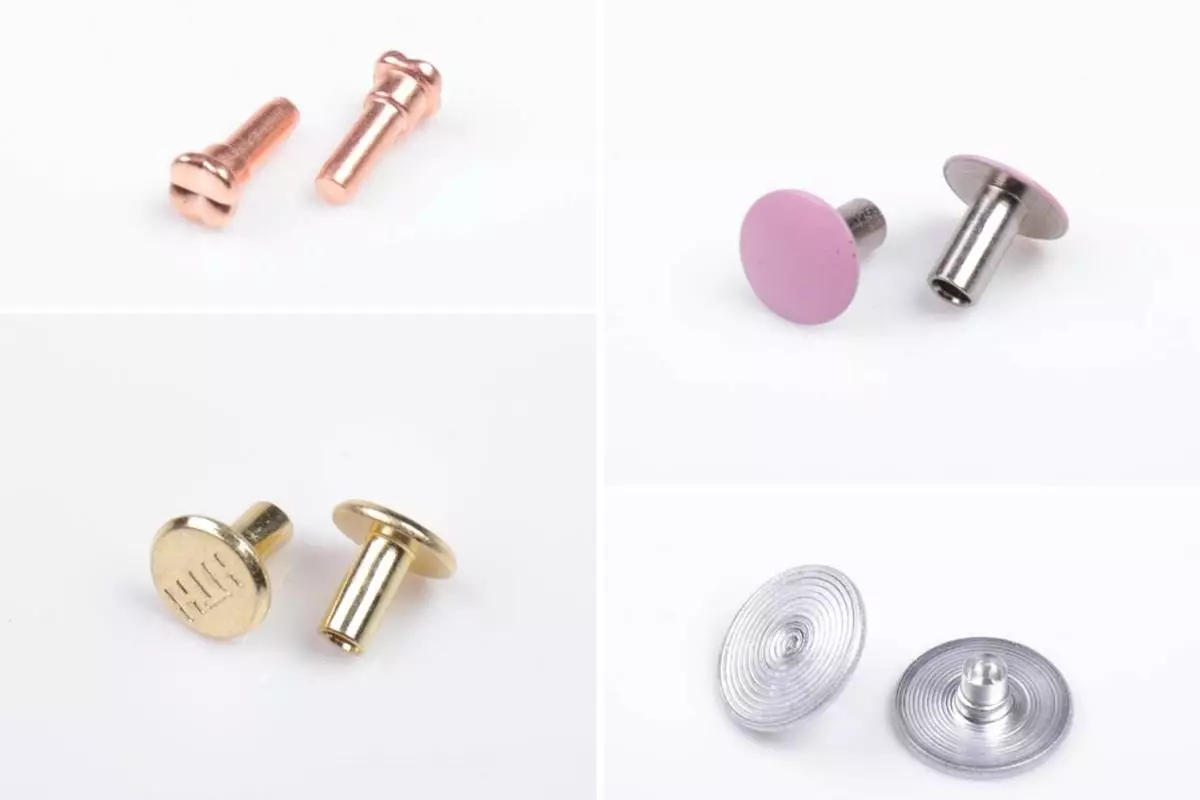

Chinese manufacturers are pioneering advanced riveting solutions for specialized applications. Antai Tianlong secured a patent (CN223028378U) for its molybdenum cylinder automatic rotary riveting machine, featuring integrated electric heating and computer-controlled positioning. The system minimizes rivet spacing errors in high-temperature refractory metal processing—critical for aerospace and nuclear components. By combining heating elements with precision rotation mechanisms, it achieves unprecedented thermal consistency during riveting, reducing deformation in thin-walled molybdenum assemblies1. Simultaneously, Weihai Dexin Metal Technology patented a sheet metal riveting fixture (CN223028298U) with auto-centering clamps and spring-loaded pressure plates. This innovation eliminates workpiece shifts during high-speed production, particularly benefiting automotive and electronics manufacturing where micron-level accuracy is mandatory9.
Dent Fix Equipment’s newly launched RIV-E Series (June 30, 2025) marks a pivotal shift toward cordless industrial riveting. The battery-powered RIV-E 80 (8-ton force) and RIV-E 60 (6-ton force) support multi-function applications—including self-piercing, flow-form, and blind riveting—without compressed air lines. Key advantages include:
300+ rivets per charge with rapid 60-minute battery swaps
Ergonomic access to overhead/confined spaces like vehicle pillars or aircraft bulkheads
Expandable via OEM-specific dies (Porsche, Tesla, etc.) and blind-rivet adapters2
This complements—rather than replaces—pneumatic systems, enabling hybrid workflows where fixed stations handle volume tasks while RIV-E units address mobile repairs. Early adopters report 40% faster turnaround on complex collision jobs.
Lihe Riveting Equipment has relocated to a new facility in Wuhan (June 27), signaling ambitious growth in automated riveting solutions. The expanded plant integrates robotic assembly lines and AI-driven quality control, boosting output of high-precision radial riveters by 200%. Future phases will deploy automated machining centers to enhance core component accuracy—slashing delivery lead times for automotive and appliance clients3. Concurrently, Shanghai Tonggong Auto Parts filed a patent (CN120205739A) for a dual-platform riveting apparatus. Its sliding workstations allow simultaneous setup and pressing operations, cutting idle time by 50% during brake pushrod assembly. The design ensures zero misalignment via U-shaped slot locators and spring-loaded clamping10.
Beyond hardware, rivet performance is evolving through metallurgical innovation:
Shanghai Woton Industrial reports groove rivets (e.g., HuckBolt®) now deliver 1.6x shear strength and 1.3x tensile strength versus bolts in aluminum auto bodies, with fatigue life extended by 30% via optimized thread-root radii57.
Aerospace variants withstand 10g vibrations in wing assemblies, as validated in Boeing 787 composite-to-metal joints7.
FedPro’s Tub O’ Towels also released dual-texture wipes to streamline post-rivet surface cleaning—a nod to growing quality-finish demands2.
Saudi Arabia’s inaugural Hardware Fair (June 16-18, Riyadh) highlighted surging Middle Eastern demand, projecting regional fastener sales to hit $10.39B by 2028. Exhibitors showcased riveting systems tailored for infrastructure megaprojects under Vision 2030, including desert-environment rated tools4. Meanwhile, Anhui Sanxing Machinery won a ¥130,000 contract to supply riveting lines for Guangxi Shenlong’s truck chassis production, underscoring China’s export momentum in heavy-duty equipment8.
From cordless agility to nanometer precision, these advances converge toward one goal: making the invisible bond unbreakable. As lightweight materials dominate next-gen vehicles and aircraft, riveting transforms from a crude joining method into a mission-critical science—where every micron of grip and every newton of clamp force determines structural fate. Manufacturers ignoring this shift risk being left bolted to the past.
This wave of innovation—spanning hardware, software, and metallurgy—positions riveting as a cornerstone Industry 4.0 technology. Facilities embracing these gains now will lead the transition toward modular, resilient manufacturing in the coming decade.
Email format error
Email cannot be empty
Email already exists
6-20 characters(letters plus numbers only)
The password is inconsistent
Email format error
Email cannot be empty
Email does not exist
6-20 characters(letters plus numbers only)
The password is inconsistent